There are some places, where you need not to plan your tour for a week or for some days. These are the places around you, where you live. They can also have a great significant in the touring world. Just for example, My native place is just 30 kms away from Varanasi, so I need not to plan a tour to visit this holy city. It is the part of my daily life, whenever I come to hometown.
Banaras or Varanasi or Kashi is consider as one of the oldest cities in the world. You can refer it as “the city of temples”, “the holy city of India”, “the religious capital of India”, “the city of lights”, “the city of learning” or the “culture capital of India”.
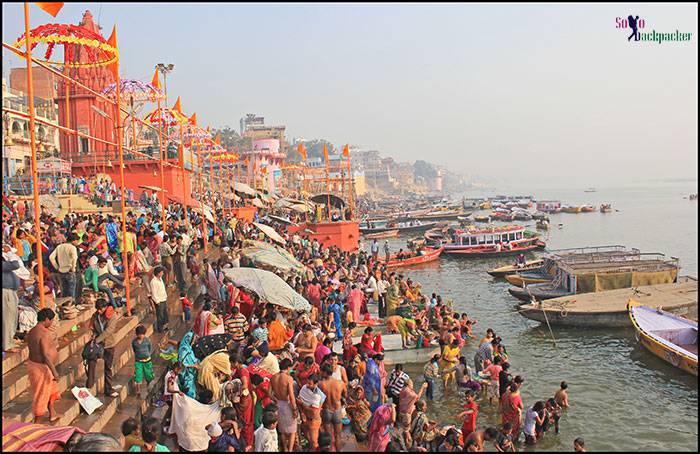
Once Mark Twain wrote, “Banaras is older than history, older than tradition, older even than legend, and looks twice as old as all of them put together”. I have visited this city countless times..as a visitor, as a local people, as a student . So this story is not about my any specific visits to Banaras. I will put many of them to describe, how Banaras look like? In the first part, I will cover the extremities of Banaras in the form of Banaras Hindu University Campus, Sarnath and Ramnagar Fort. The second part will be about the Life and Culture in Varanasi, that have developed all along the banks of the holy river The Ganges, its Ghats and the famous temples of Kashi.
During my childhood days whenever I came Banaras, It was only because my Grandfather used to live here and my uncles used to study here. So it seems just like a curiosity for a boy of a village to see Banaras. Banaras was my dream destination as a school going children. Banaras was having the best medical facility at that time. So , when a dog bite me on the back, I came to this city for those 16 injections to avoid rabies. But that I was too young to understand a culture, tradition or to describe a place.
When I was in 9th standard, I got a chance to visit varanasi again to attend a marriage. The marriage was at Basant Theosophical Society, Kamachha (a well known girls college). When I walked through the lanes of BTS, its beauty only amazed me and so the young girls of this college. After attending the marriage I was going back to my grandfather home at 11 pm. I saw some cycle repair shop open on the roadside, vehicle are still running on the road, I saw the lighting at Varanasi Cantt Railway Station. It all was a grand feeling for me.
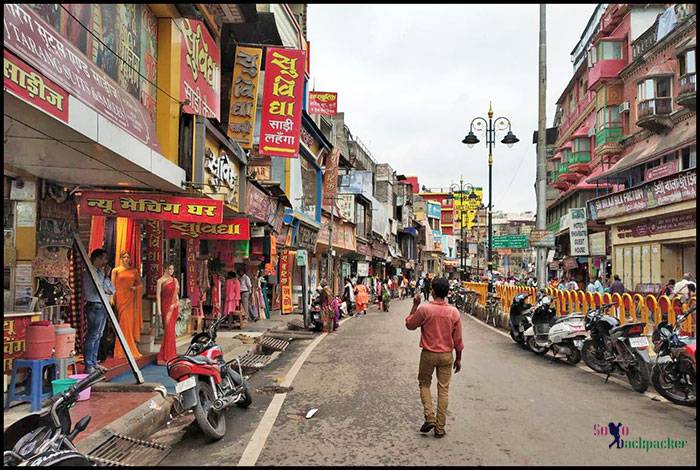
I visited here several times after that to complete the formalities of IIT JEE Entrance Exam or to buy some good books to prepare for this exam. But then still I was too young to understand Banaras. Finally, in July 2000, I got admission in Banaras Hindu University and started living in the Broacha Hostel. This was the time when I started to enjoy the banarasi culture of Banaras. Life away from home was a fantastic experience. You were free to do whatever you want , you were free to go wherever you want, you have full freedom in your life. So during all those days, I have seen Banaras in different parts:
Banaras Hindu University: It is regarded as the largest residential university in Asia. The fully-residential campus has more than 128 independent teaching departments. Its 1350 acre (5.5 km²) campus was built on land donated by the Kashi Naresh. The total enrollment in the University stands at just over 15000, including students from all over India and abroad. Several of its colleges, including engineering (IT-BHU), science, linguistics, law and medicine (IMS,BHU), are ranked amongst the best in India.The university is also unique in the sense that it will be the only university in India that will host one of the IIT (IIT-BHU) in its premises from academic session 2010.
This university is a complete tourist place of its own kind. You take a entry from the main gate of Lanka Market and walk thorugh a green-lavish campus. On one side there is famous BHU Hospital and another side is the Mahila Mahavidayla, Women’s College of BHU.
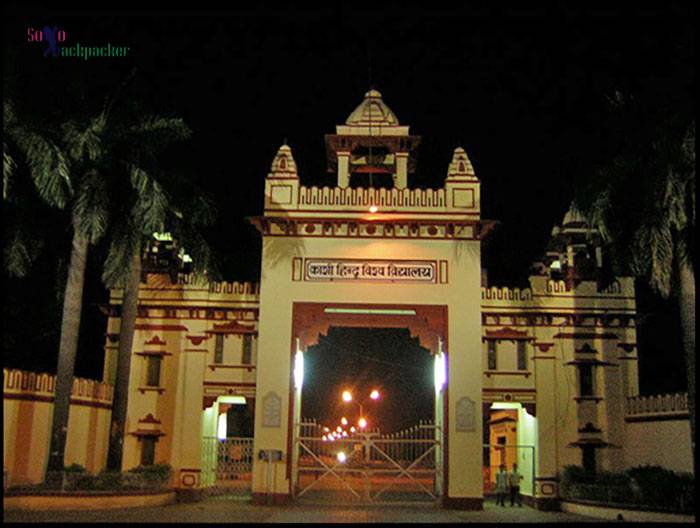
Then you pass through the prestigious Institute of Medical Sciences. After IMS and adjacent to the VC Residence, there is Malviya Heritage Complex, dedicated to the founder of this university, Mahamana Madan Mohan Malviya. This memorial building serves as the centre of studies and research on the life and teaching of Mahamanaji. It consists of five main constituents – Geeta-Yoga Library, Yoga Sadhana Kendra, Geeta Samiti, Malaviya Adhyayan Sansthan, and Malaviya Centre for Value Studies. The Centre for Yoga runs Diploma and Certificate Courses in Yoga. The Geeta Samiti organises morning lectures on religio-philosophical topics. Every Sunday Geeta discourses by eminent persons are held. The Center for Value Studies offers a short-term course on Value Education for Integrated Personality Development.
Malaviya Bhavan has a beautiful garden with a variety of plants. Every year the Flower Show of the University is held here. The Central Assembly Hall of the Malaviya Bhavan is often used for important cultural and religious events and lectures.
Further walking will lead you to Bharat Kala Bhawan. It is an art and archealogical museuem. Founded with a modest collection, the museum has a record of steady growth and its present holding exceeded 100,000. The collection includes archaeological materials, paintings, textiles and costumes, decorative art, personal collections, Indian philately and literary and archival materials. Most of its collections are historically important, aesthetically beautiful and enjoy certain amount of uniqueness. Bharat Kala Bhavan is considered as the best University Museum in India, if not in Asia. There is no university in India which has a museum of this dimension.
After this when you walk further you pass through the various faculties and centers for excellence like Physics, Zoology, Botany, Geology etc. Adjacent to Temple you can see the splendid Central Library of BHU and the Greenhouse of Institute of Agricultural Sciences.
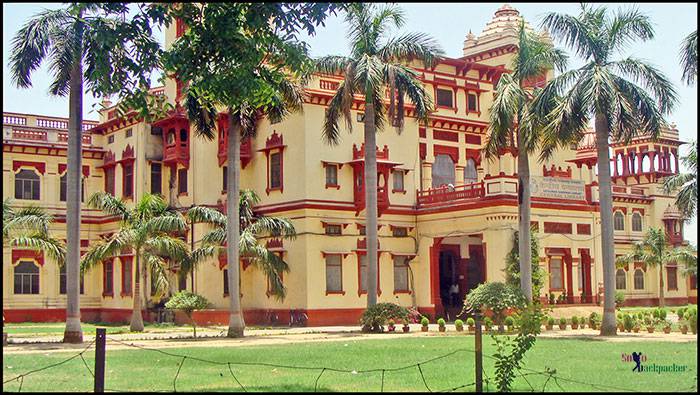
Kashi Vishwanath Temple of BHU: The Viswanath temple of the University is a massive temple complex consisting of seven temples. The Shiva temple is in the ground floor and the Lakshmi Narayan and the Durga temples are in the first floor. This elegant temple structure is located almost at the center of the University campus.
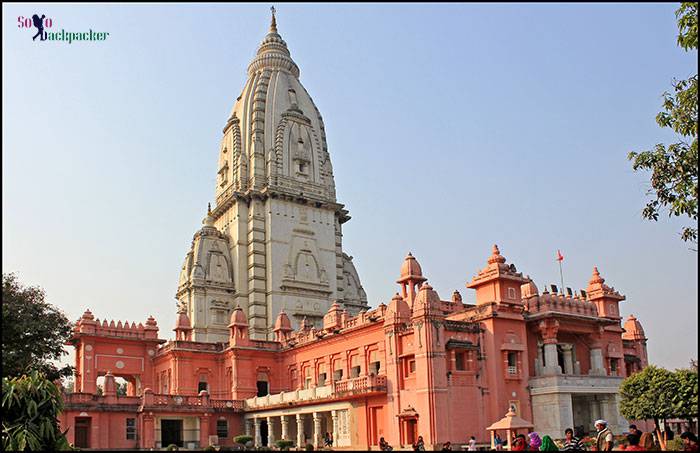
The laying of the foundation stone of the temple took place in March, 1931 and it took almost three decades to complete its construction. Its sky penetrating spiraling top is 252 ft. high. The whole of Geeta and extracts from the sacred Hindu scriptures are inscribed with illustrations on the inner walls of the temple. Devotees, pilgrims and tourists from all over the world visit the temple throughout the year. Religious discourses are held periodically in the central hall of the temple. Viswanath temple is the spiritual center of the University.
Sarnath: Sarnath (also known as Mrigadava or Isipatana) is the deer park where Gautama Buddha first taught the Dharma, and where the Buddhist Sangha came into existence through the enlightenment of Kondana. Sarnath is located 13 kilometres north-east of Varanasi. Singhpur, a village one km away from the site, was the birth place of Shreyansanath the eleventh Jain Tirthankar of the present age (Avasarpini), and a temple dedicated to him, is an important Jain pilgrimage.
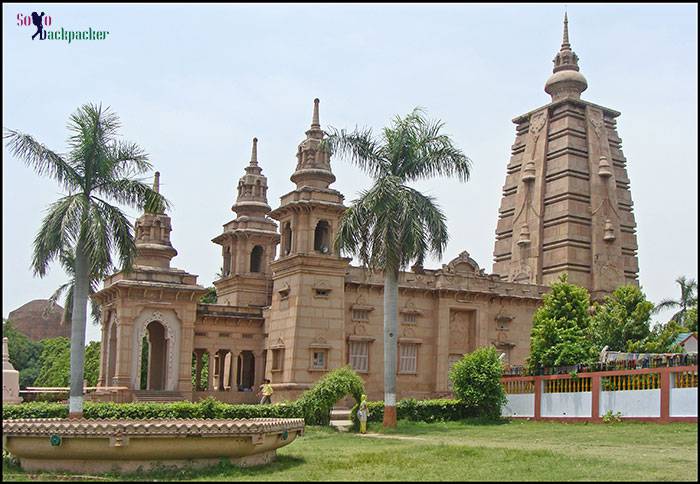
Sarnath has been developed as a place of pilgrimage, both for Buddhists from India and abroad. A number of countries in which Buddhism is a major (or the dominant) religion, among them Thailand, Japan, Tibet, Sri Lanka and Myanmar, have established temples and monasteries in Sarnath in the style that is typical for the respective country. Thus, pilgrims and visitors have the opportunity to experience an overview of Buddhist architecture from various cultures.

Having obtained enlightenment, Buddha came to Sarnath and gave his first discourse to the five disciples who had run away from him at Gaya. Archeological excavations reveal many interesting relics of the Buddhist times. Among the important relics are the Dharmarajika Stupa, the Ashoka Pillar, the Chaukhandi Stupa, the Mulagandhakuti vihara and the Dhameka Stupa(where the first sermon was given). A small lake, a children’s park, the deer park, Chinese Budhha Temple, a Tibetan Temple, the Mahabodhi College, the Dharamshala and Sarangnath Temple are some of the other important places of ineterest in Sarnath.The Sarnath Archeological Museum houses the famous Ashokan lion capital, which miraculously survived its 45-foot drop to the ground (from the top of the Ashokan Pillar), and became the National Emblem of India and national symbol on the Indian flag. The museum also houses a famous and refined Buddha-image of the Buddha in Dharmachakra-posture.
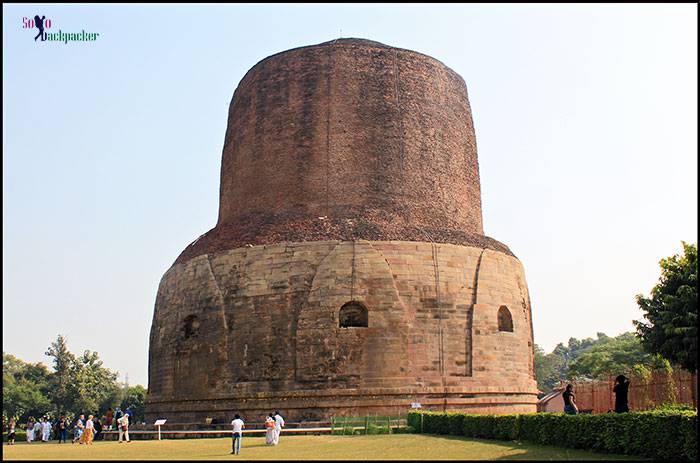
Mrigadava means “deer-park”. According to legend the Deer Park was the forest gifted by the king of Banares of the Jātaka, where the deer might wander unmolested. The Migadāya was so-called because deer were allowed to roam about there unmolested. The deer park still there in Sarnath, where you can see deer, various species of birds and crocodiles.
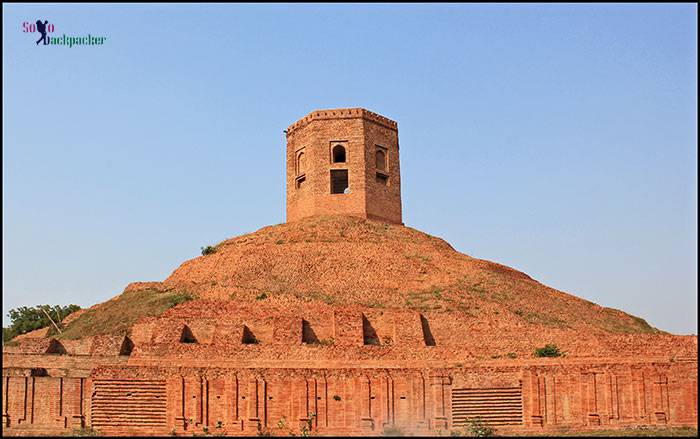
The whole site of Sarnath is surrounded by beautiful greenery. Even there is a small lake, where you can enjoy boat rides.
Ramnagar Fort It is situated on the other bank of the Ganges and can be access by a road coming via Rajghat and Malviya Bridge and also by a bypass highway known as Vishwa Sundari Road. It is also accessible by a boat or a temporary Pipa Bridge in summer.The fort was built by Maharaja Balwant Singh. It is here that the Banaras King built a palace for himself and where he still resides. There are many temples in the fort and a beautiful museum which displays artistic articles made of ivory,an astronomical clock and other interesting objects.
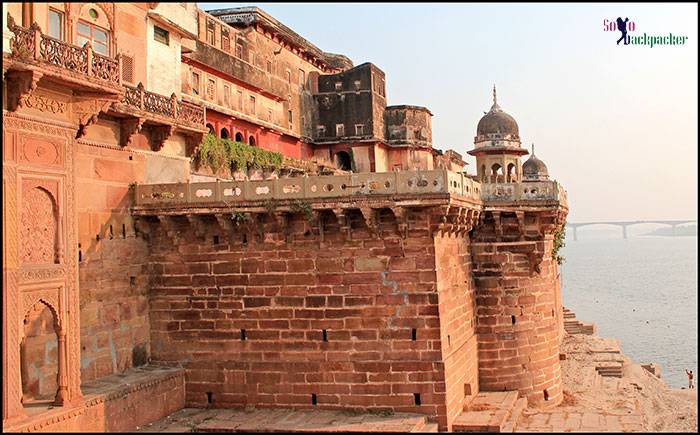
Even today the Kashi Naresh is deeply revered by the people of Banaras. He is the religious head and the people of Banaras consider him the incarnation of Lord Shiva.He is also the chief cultural patron and an essential part of all religious celebrations.Ramnagar is popular for Ramlila that is held annually under the aegis of King of Varanasi.


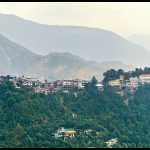

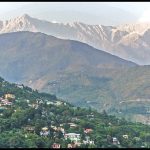
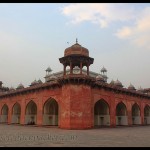
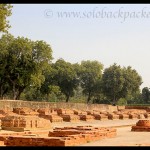

Very nice. Thanks for the information.
You are welcome. Happy Travels 🙂
nice one.
thanks for sharing such a wonderful information.
Nice Blog with Excellent information
very nice pic yaar